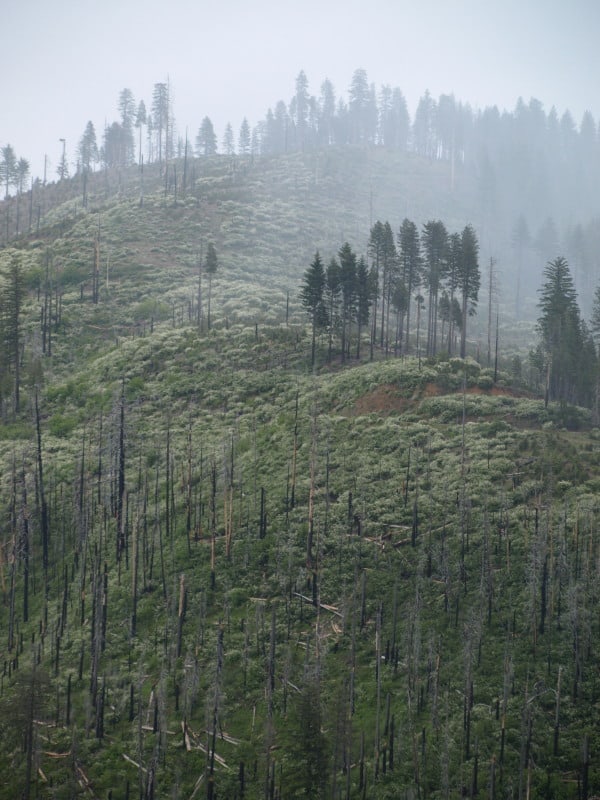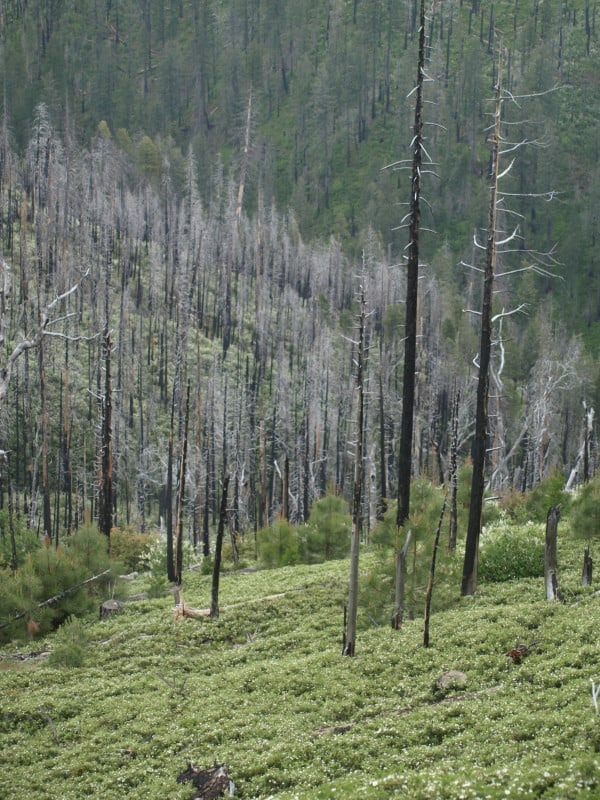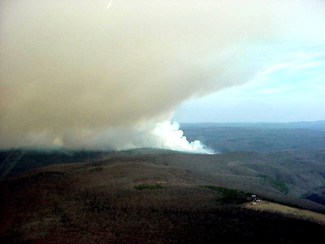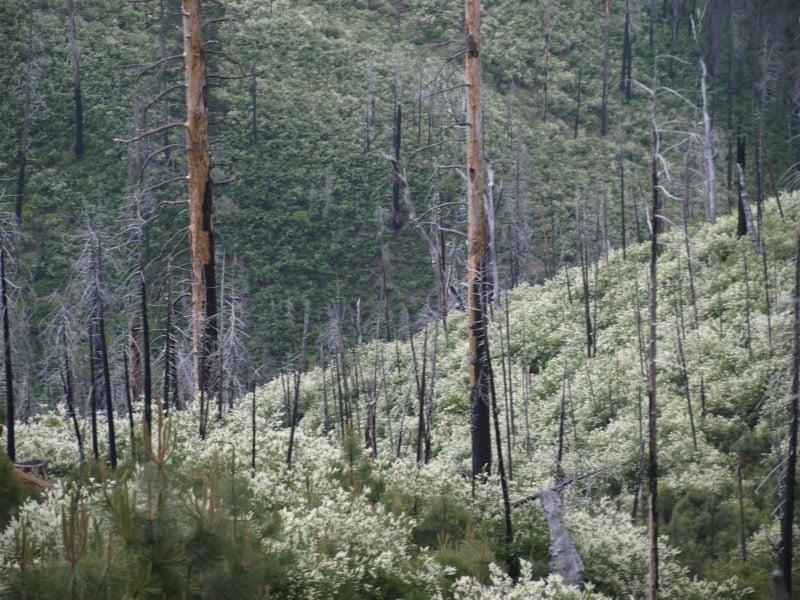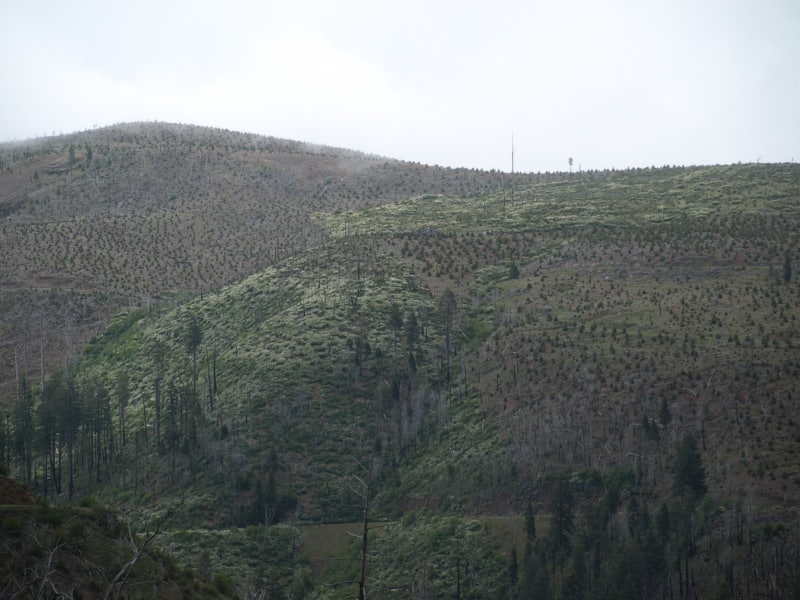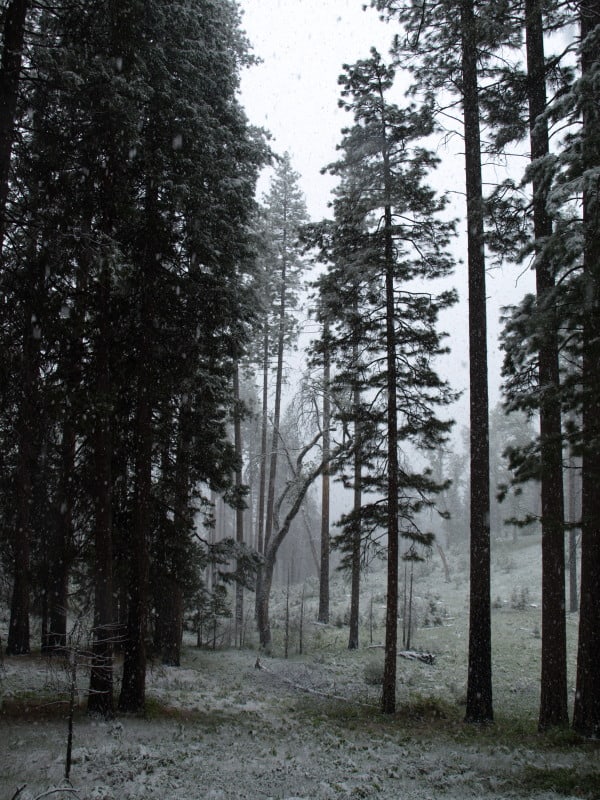I really liked this article and it is right up our discussion alley and also about the East. It might be worth getting a temporary subscription for those who don’t get Greenwire. Fundamentally the story is about fire in Eastern forests. I could have quoted any part and it would be interesting but here is the last section. The author is Paul Voosen, E&E reporter.
I think it’s kind of funny to think of a prescribed burn as “atonement for sins”… maybe it would be cheaper for the taxpayer for the Chief to just sign a confession ;)..or we could have an atonement ceremony and be done…
Big questions
If there’s a model for a restored Eastern forest in Arkansas, it’s Buck Ridge.
An upward-sloping 29-acre woodland tucked in state wildlife land north of the Ozark National Forest, Buck Ridge is a gateway to the past. About 250 species of plant can be found in its understory, an astounding diversity. Through the year, each wave of grasses flowers taller than the last, chasing light. By midsummer, they are waist high; by the end of the year, the big bluestem grasses reach 6 feet high.
“Everything is adapted to work well in this system,” said Witsell, the botanist.
Possessing the rare ability to identify nearly any plant on sight, Witsell scrambled around the ridge like Darwin first alighting on the Galapagos. He listed off rare species that could only be found in a sun-drenched forest: Chapman’s purple top; Nuttall’s pleat leaf; snakeroot; all kinds of legumes; four different violets since leaving the car.
Above the grasses, the “swee-swee-swee” call of a redheaded woodpecker rang out.
Prescribed burns
Managing smoke is a continual challenge for prescribed burns, even in rural Arkansas. Plumes like this column, from a 1,400-acre burn of the Big Piney Ranger District in 2001, must be carefully monitored for dispersal and escapes. Photo by Steve Osborne.
“Those redheads are woodland birds,” said Steve Osborne, a retired Forest Service officer from Ozark National Forest. “You hear them all over the place right now. They’re here because of this treatment. I can tell you in the years past, I could go for months without seeing one of them in the national forest.”
For all its success, Buck Ridge’s restoration was not easy. The state has burned the ridge seven times in the past 15 years. Even then, the restoration did not truly take hold until a second tool was added: targeted herbicides. The dense pack of young trees did not easily give way, and so, in 2008, the forest managers injected herbicides into all the woody stems measuring from 1 to 10 inches in diameter.
From an ecological standpoint, the herbicides are not a problem, Witsell said.
“It’s a surgical approach,” he said. “You’re not spraying this from an airplane. You’re injecting it into the tree trunks. And it’s obviously not hurting the flora on the ground.”
But the hard truth scientists have found is that fire is often not enough to restore the forest. Most often, prescribed burns have to be combined with logging and herbicides, an active type of management that makes some environmentalists queasy. But perhaps it’s no surprise that such drastic steps are needed. Keeping fire out of the forest was itself a massive management choice, if one belatedly known.
“It’s been many years since fire was an active agent on our landscape,” said Nowacki, the Forest Service ecologist. “We’re dealing with decades here. And so it shouldn’t be surprising it might take decades to rehabilitate the forests.”
Indeed, much of the Forest Service’s interest in the historical fire conditions of the Eastern forest has been driven by the notion that logging can be ecologically justified. It’s the subtext for much of its financial support, Duke’s Christensen said. Even Abrams is studying how well harvesting and herbicide injections can take the place of fire.
For Christensen, efforts like Buck Ridge bring together larger questions of restoration. If humanity created and maintained these open, Eastern forests in the first place — if these are the first forests of the Anthropocene — then shouldn’t foresters actively choose the woodland they want, rather than using an arbitrary, uncertain historical baseline?
“It puts the burden on defining a restoration target on the managers themselves,” Christensen said. “They say, ‘I get to decide what’s going to be here in the future.’ Justifiably, public agencies are really uncomfortable with that. Do they even have the social license to do that?”
Despite sounding the alarm for 25 years, Penn State’s Abrams has doubts that much can be done to get the Eastern forest back to where he’d like, especially with fire. There’s too much settlement and too much land in private hands. Liability is a huge concern for those rare escaped fires. Climate change could make it difficult for the trees to survive.
A threshold has been passed. The oak and pine forest will never be what it was.
“I would like to see increased used of burning in the East for these fire-adapted forest types,” Abrams said. “But I realize we’re never going to have the extent of burning that we [had] before European settlement.”
What will survive are pockets, traces of humanity’s original sway over nature.
Standing near the top of Buck Ridge, where the post oaks spread their limbs wide, their girth a sign of the savannah forest this was and is again, Anderson, the hustling fire coordinator, stopped to survey his team’s work. This is an ecosystem that hasn’t been seen since the American Indians hunted in Buck Ridge, since the early settlers, he said.
And yet, in the soil, the seeds waited, returning in full bloom.
“It all says, ‘Yes, yes, yes. We want more of this,'” he said.
I wonder who is saying “we want more of this”; not sure there is a Nature, nor does She speak with one voice. Back to Christensen’s point, the future will bring tough decisions about what we (people) want or don’t want. Best discussed (dare I say it?) collaboratively, IMHO.

